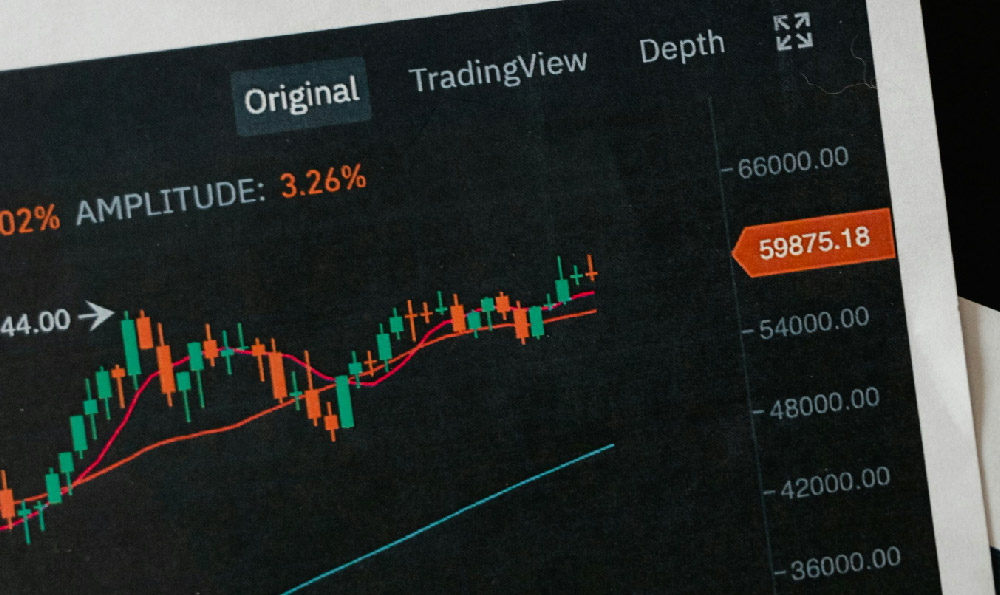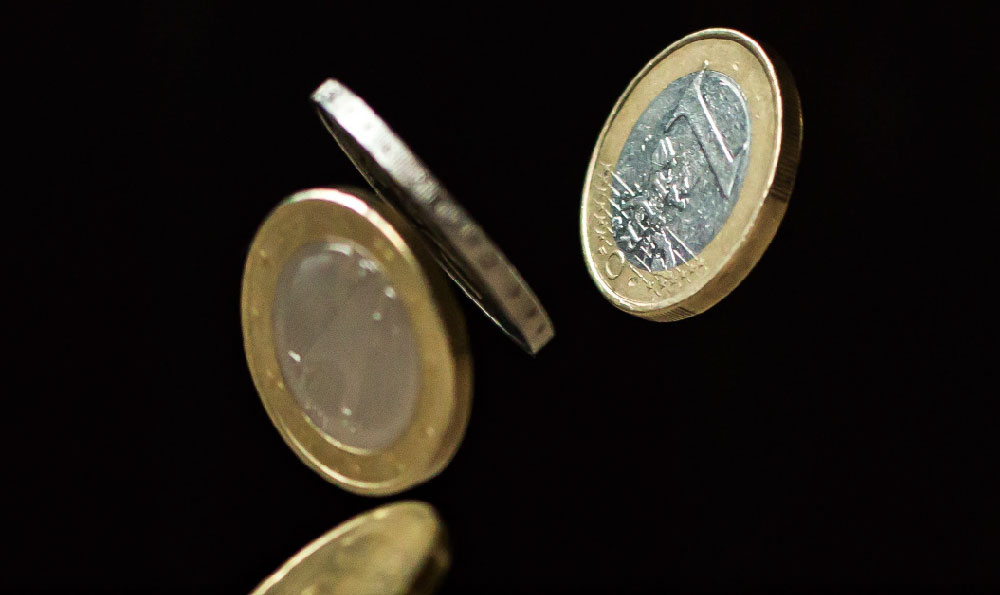Investing $1000 can feel like a small drop in a vast ocean of financial possibilities. However, it's a crucial first step towards building long-term wealth and achieving financial independence. The key is to approach it strategically, considering your individual circumstances, risk tolerance, and financial goals. There's no one-size-fits-all answer, but understanding the available options and how they align with your needs is paramount.
Before diving into specific investment vehicles, it's crucial to assess your current financial situation. Ask yourself: Do I have any high-interest debt, such as credit card debt? Am I building an emergency fund? Do I have a clear understanding of my risk tolerance? Addressing these questions will lay the foundation for a sound investment strategy. Paying off high-interest debt should often be prioritized, as the interest charges can quickly erode any potential investment gains. Similarly, an emergency fund, typically covering 3-6 months of living expenses, provides a safety net and prevents you from having to liquidate investments prematurely during unexpected financial hardships.
Once you've tackled these foundational elements, you can begin exploring investment options. For someone starting with a relatively small sum like $1000, several avenues are worth considering, each with its own set of pros and cons.

One popular option is investing in Exchange-Traded Funds (ETFs). ETFs are baskets of stocks or bonds that track a specific index, sector, or investment strategy. They offer diversification and are generally low-cost, making them an attractive choice for beginners. With $1000, you could purchase shares of an S&P 500 ETF, which tracks the performance of the 500 largest publicly traded companies in the United States. This provides broad exposure to the U.S. stock market. Alternatively, you could consider a total market ETF, which encompasses a wider range of companies, including small- and mid-cap stocks. Sector-specific ETFs, such as those focusing on technology, healthcare, or renewable energy, can also be explored, but these tend to be riskier due to their concentrated nature. The choice depends on your belief in the long-term growth potential of that particular sector.
Another avenue is investing in individual stocks. While riskier than ETFs due to the lack of diversification, selecting individual stocks can potentially lead to higher returns if chosen wisely. However, thorough research is crucial. Before investing in any company, analyze its financials, understand its business model, and assess its competitive landscape. With $1000, you might be limited to purchasing a few shares of a single company, so careful selection is even more important. Consider established, profitable companies with a history of consistent growth and a strong competitive advantage. It's wise to avoid speculative or highly volatile stocks, especially when starting out. Fractional shares, offered by many brokerage platforms, allow you to buy a portion of a share, making even expensive stocks accessible with a smaller investment. This can be a good way to diversify even with a limited budget.
Robo-advisors have emerged as a popular option for hands-off investing. These platforms use algorithms to build and manage a diversified portfolio based on your risk tolerance, investment goals, and time horizon. Robo-advisors typically charge low fees and offer automatic rebalancing, ensuring your portfolio stays aligned with your target asset allocation. With $1000, you can easily open an account with a robo-advisor and have your money invested in a diversified portfolio of ETFs. This approach is suitable for those who prefer a passive investment strategy and are comfortable entrusting their investment decisions to an automated system.
For those with a longer time horizon and a higher risk tolerance, consider investing in small-cap stocks. Small-cap companies have the potential for significant growth, but they are also more volatile than larger, more established companies. With $1000, you could invest in a small-cap ETF or select a few individual small-cap stocks that you believe have strong growth potential. However, be prepared for potentially larger swings in value.
High-Yield Savings Accounts (HYSAs) and Certificates of Deposit (CDs) are typically considered safe havens for cash savings, but they can also be part of a well-rounded investment strategy, especially when interest rates are favorable. While the returns are generally lower than those of stocks or bonds, HYSAs offer liquidity and FDIC insurance, making them a safe place to park your money while you're deciding on other investment opportunities. CDs offer slightly higher interest rates in exchange for locking your money away for a specific period. While these options won't generate significant wealth quickly, they provide a safe and stable foundation for your financial portfolio.
Regardless of the chosen investment vehicle, the key is to start small, stay consistent, and reinvest your earnings. Compounding, the process of earning returns on your initial investment and the accumulated interest, is a powerful force in wealth creation. By reinvesting your dividends and capital gains, you can accelerate the growth of your portfolio over time.
Finally, remember that investing is a long-term game. Don't get discouraged by short-term market fluctuations. Stay focused on your long-term goals and resist the urge to make impulsive decisions based on market noise. Regularly review your portfolio, rebalance as needed, and adjust your investment strategy as your circumstances change. Continuous learning and staying informed about market trends are also essential for successful investing. There is no get rich quick method, slow and steady often wins the race.
Investing $1000 is a fantastic starting point. Through careful planning, diligent research, and a commitment to long-term investing, you can begin building a secure and prosperous financial future.












